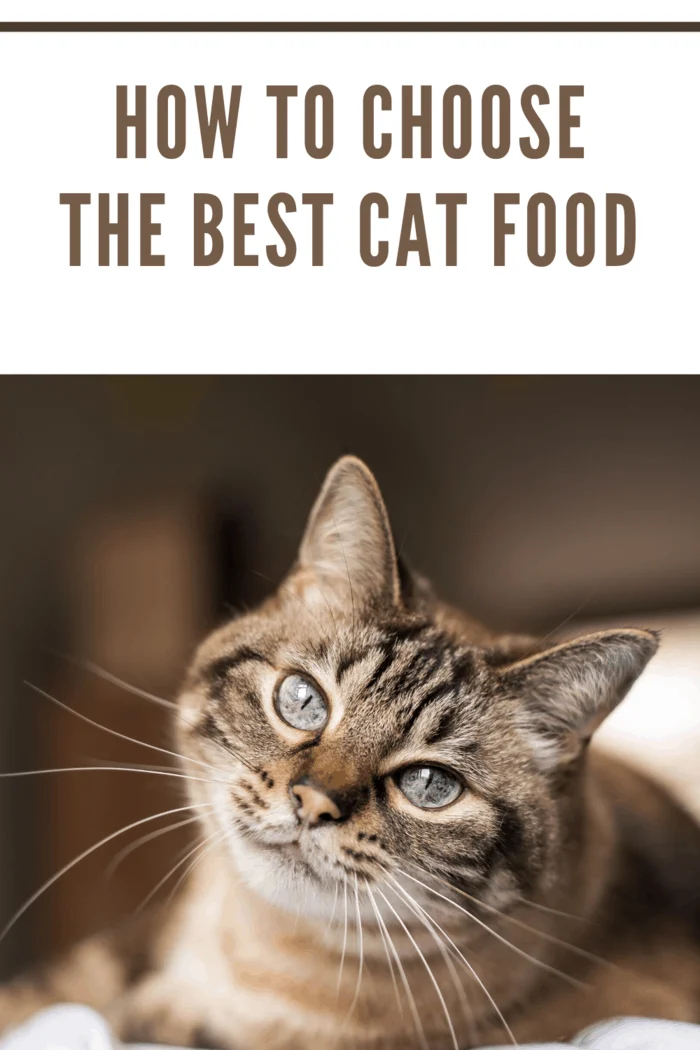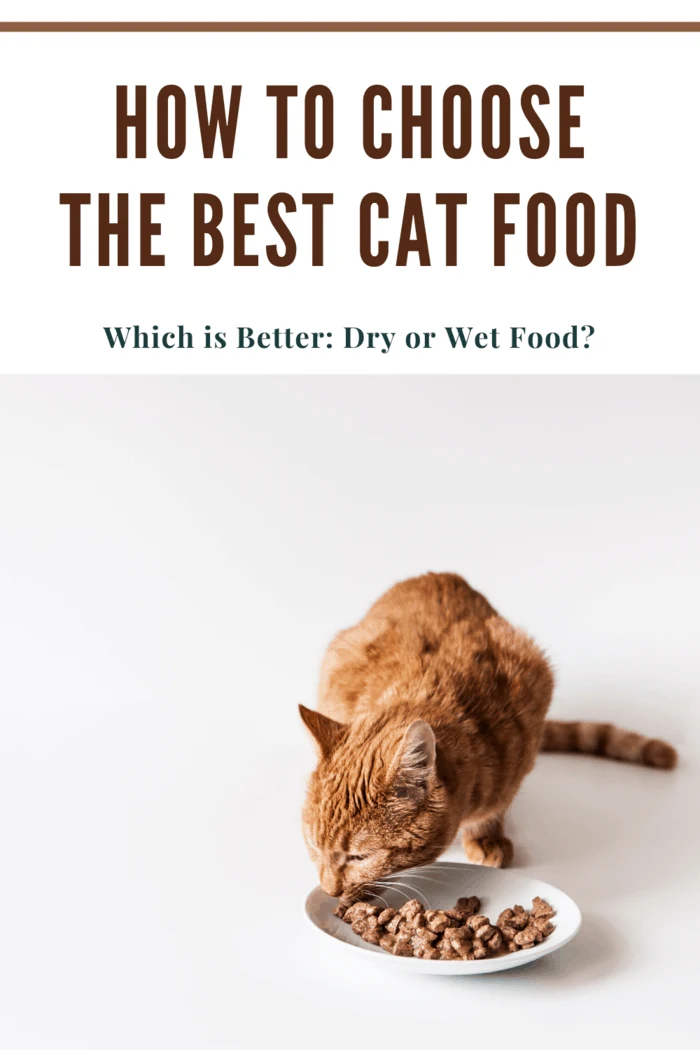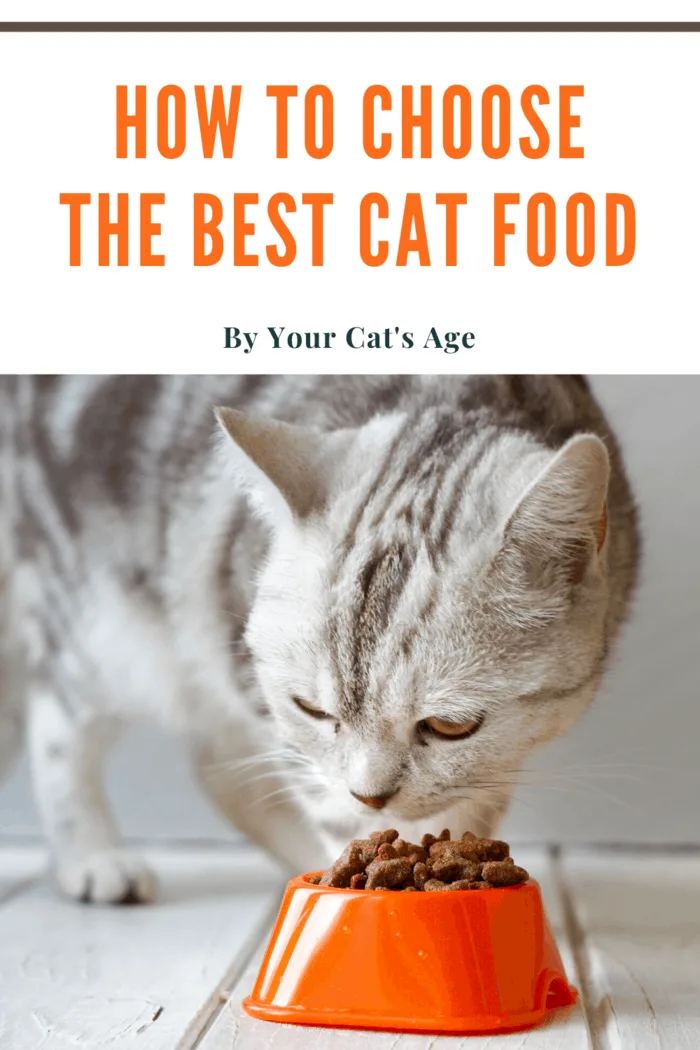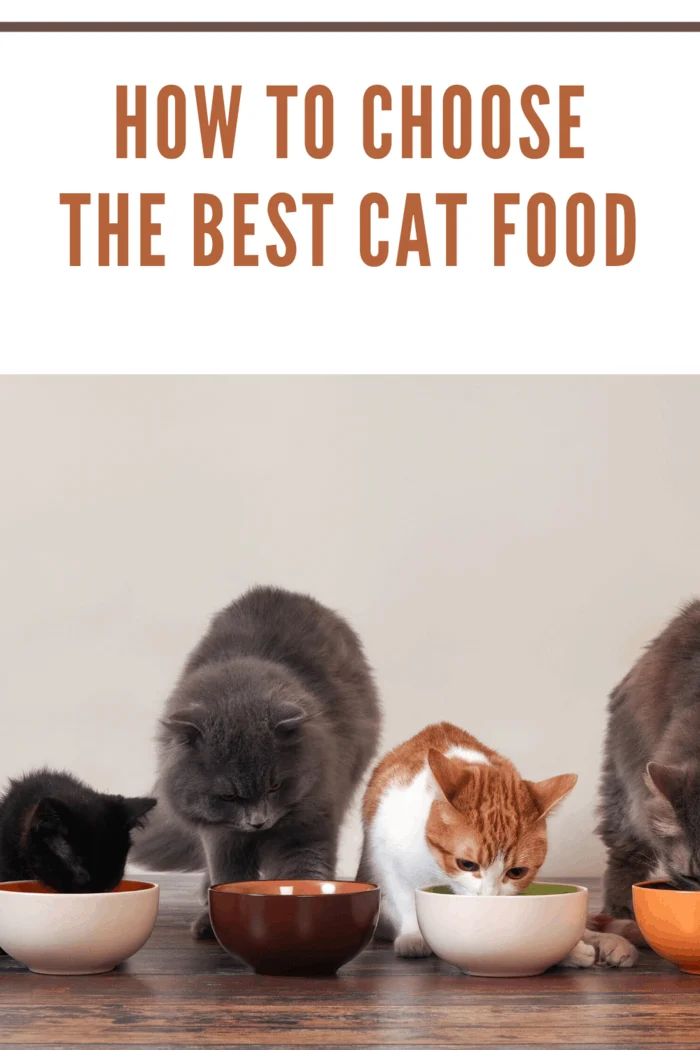How to Choose the Best Cat Food for Your Furry Friend
Choosing the right food for your cat is one of the most important decisions you’ll make as a pet parent. I still remember when I brought home my first cat, Charlie, in 2018. Standing in the pet food aisle, I was overwhelmed by the countless options: dry food, wet food, grain-free, organic—it felt like navigating a maze! Whether you’re a new cat owner or looking to switch things up, this guide will walk you through how to choose the best cat food for your feline, based on their unique needs.

The Wet vs. Dry Debate: Which is Best for Your Cat?
One of the first choices you’ll face is deciding between wet and dry cat food. Both have their advantages, and combining the two might be the best solution for your cat.
- Dry Food: Convenient and easy to store, dry cat food (often called kibble) can be stored for weeks in a sealed container. One of the benefits is that it helps clean your cat’s teeth by scraping away plaque, which can be a real bonus if your cat isn’t a fan of dental care. However, it’s more calorie-dense, so be mindful of portion sizes if your cat tends to overeat.
- Wet Food: On the other hand, wet food contains more moisture, which can help keep your cat hydrated and supports kidney health. However, it spoils faster, so any uneaten portions should be stored in the fridge and discarded after a day or two. Wet food also tends to be less calorie-dense, making it a great option for cats who need to lose weight.
Veterinarians recommend a combination of wet and dry food, giving your cat the benefits of both. You could offer dry food in the morning and wet food at dinner. Just make sure you stick to the same brand to avoid digestive upsets.

Understanding Cat Food Labels: Ingredients Matter
Pet food labels can feel like they’re written in another language. So how do you know what you’re feeding your cat?
Here’s a quick breakdown of what to look for:
- Protein: Cats are obligate carnivores, meaning they need meat to thrive. Look for foods where the first ingredient is a named meat source, like chicken or fish, rather than “meat by-products” or “meat meal.”
- Grain-Free: Some cats may benefit from grain-free diets, especially those with food allergies. These diets focus on meat and vegetables, leaving out corn, wheat, or soy.
- Age-Appropriate: Cat food is often formulated based on life stages. For kittens under six months, look for high-calorie foods that support growth, while senior cats (7 years and older) need food that helps manage weight and joint health. For example, when my cat Sophie turned 10, I switched her to a senior formula that kept her energy levels high and helped manage her arthritis.

Cat Food Classes: What’s the Difference?
Cat food comes in several classes, from budget-friendly to high-end options.
Here’s a quick guide:
- Economy Class: These are the most affordable but often contain fillers and by-products instead of quality meat. Veterinarians generally advise against making this your cat’s primary diet since they may lack essential nutrients.
- Premium Class: These contain a higher percentage of real meat and are more nutritionally balanced. Premium brands like Blue Buffalo and Hill’s Science Diet are popular choices and a good balance between quality and affordability.
- Super-Premium and Holistic: These are top-tier cat foods made from natural, high-quality ingredients. Holistic foods focus on whole-body health, free from artificial preservatives. If you want to pamper your feline with the best, these are worth the investment.

Choosing Food for Your Cat’s Age and Health
Your cat’s dietary needs will change as they age or develop health conditions.
For example:
- Kittens need extra calories and fat to fuel their growth. Look for a food designed specifically for kittens up to 12 months old.
- Adult Cats: If your cat is between 1-7 years old, you’ll want a balanced food with enough protein to support their active lifestyle but not so much that it leads to weight gain.
- Senior Cats: Older cats may benefit from lower-calorie foods with added joint support. Senior formulas often include glucosamine and other supplements to keep aging cats feeling spry.
Additionally, some cats may require special diets. For example, if your cat sheds excessively or has sensitive skin, look for foods formulated for skin and coat health.
Don’t Forget the Treats: How to Reward Your Cat Without Overdoing It
Treats are a fun way to reward your cat and provide enrichment, but they should make up no more than 10% of your cat’s diet. Treats can come in all sorts of flavors, from cheese and catnip to fish. Some are designed to help with dental care, while others can even reduce hairballs. Just be cautious with treats high in calories or containing artificial ingredients.
Give Your Cat the Nutrition They Deserve
Choosing the right food for your cat doesn’t have to be complicated, but it does require some thought. By considering their age, health, and personal preferences, you can ensure they’re getting the nutrients they need to thrive. If you’re ready to try out some of the best cat foods on the market, check out my recommended selection on Amazon here. Your cat will thank you!
